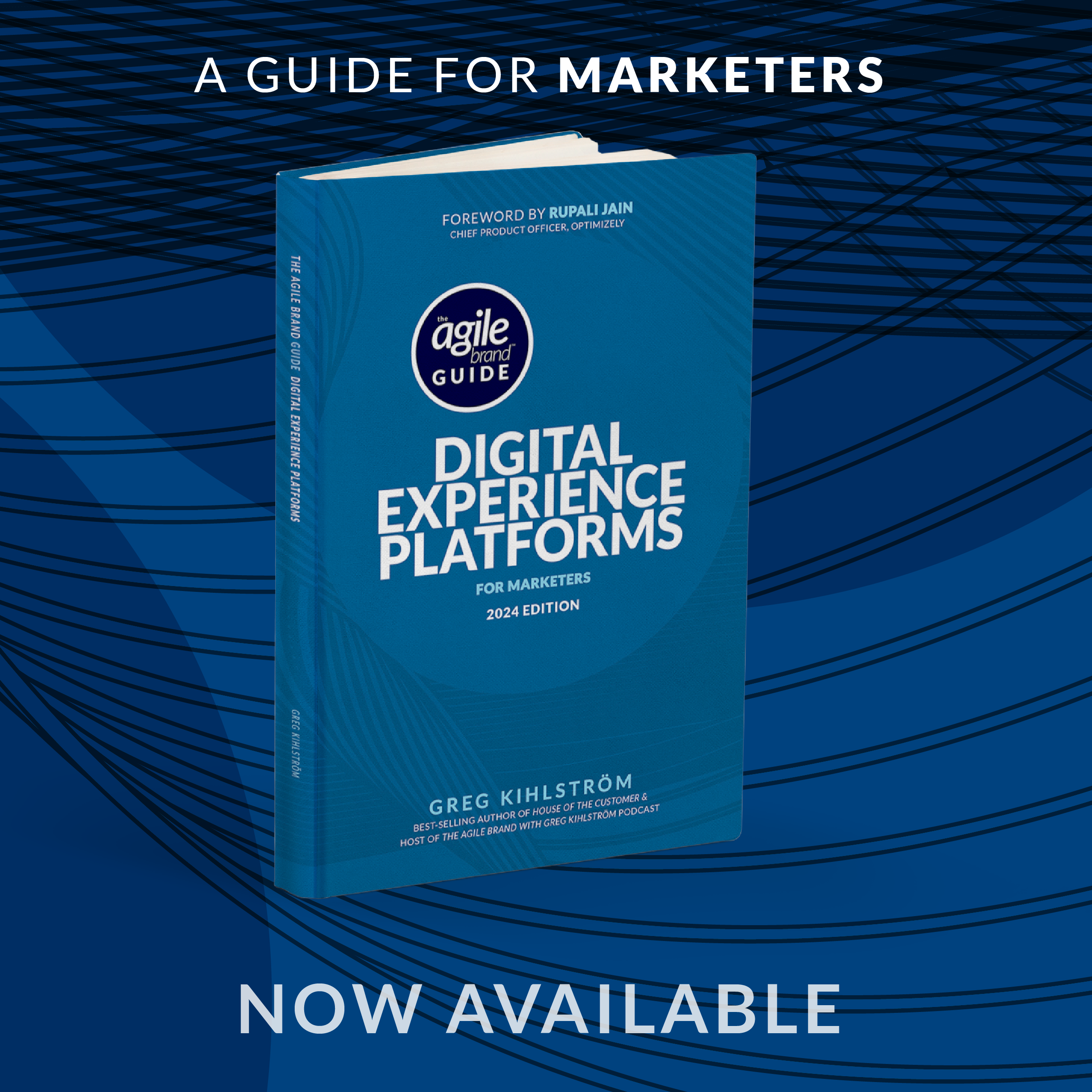This article was based on the interview with Featuring insights from Gerardo Dada, CMO at Catchpoint by Greg Kihlström, Marketing Operations keynote speaker for the B2B Agility with Greg Kihlström podcast. Listen to the original episode here:
Your website might technically be “up,” but if it’s slow, your customers have already moved on. And they didn’t leave feedback—they just left. According to Catchpoint’s 2025 SRE report, 53% of organizations now say poor performance is just as damaging as downtime for social media content. For digital-first brands, this is the new reality: delay equals decay.
Gerardo Dada, Chief Marketing Officer at Catchpoint, is on a mission to help organizations stop thinking of observability as a back-end function and start treating it as a front-line business priority. In this conversation, Dada lays out the high cost of digital friction, why slow pages are just as fatal as server errors, and how to make performance monitoring a boardroom conversation instead of a help desk ticket.
The Customer Doesn’t Care Why It’s Broken—They’re Gone
We’ve all been there: you go to buy something, and the page takes more than a few seconds to load. You leave. You don’t file a support ticket. You don’t come back.
“At three seconds, I close the window. At four seconds, I’m on Amazon. That’s it—you’ve lost me,” says Dadafor-social-media-conten….
The reality of today’s consumer behavior is ruthless. Speed is not a feature—it’s a requirement. Whether it’s e-commerce, banking, or even restaurant reservations, people will abandon a digital experience the moment it introduces friction. Dada points to research showing that digital experience is now the number one reason consumers switch financial institutionsfor-social-media-conten….
And it’s not just about end users. When employees can’t access systems like Salesforce, you lose hours of productivity multiplied across thousands of people. From lost revenue to churn to reputation damage, digital friction adds up—fast.
Observability Is Now a Boardroom Issue
Gone are the days when “uptime” was the only metric that mattered. Modern digital experiences rely on an intricate web of third-party platforms, APIs, CDNs, DNS providers, and cloud services. One delay in one microservice can tank your entire checkout process.
“A large sneaker brand came to us because their add-to-cart button wasn’t rendering on 20% of product pages. That’s not a bug—it’s a revenue leak,” Dada saysfor-social-media-conten….
Catchpoint’s solution? Treat observability as a first-class citizen. That means measuring performance not just from within your cloud environment, but from where your customers actually are—home networks, mobile devices, international locations. It also means moving beyond traditional SLAs to experience level objectives (XLOs): clearly defined goals for how fast and reliable a user experience should be.
For example: “A user should be able to log in, transfer funds, and log out within 10 seconds from any major U.S. city.” That’s an XLO. It’s user-centric, measurable, and tightly aligned to business outcomesfor-social-media-conten….
AI for Outages: Root Causes, Not Fire Drills
When websites go down, it’s chaos—slack messages, support tickets, executive escalations. But most companies don’t have the tools to answer the first, most critical question: what’s actually broken?
Catchpoint’s AI-powered Internet Outage Map changes that. It continuously tests billions of endpoints across the global internet to identify outages in real time. The system doesn’t just detect that something is wrong—it pinpoints which component is failing and suggests root causesfor-social-media-conten….
“When Webflow went down, we saw it was hosted on Amazon East. We knew instantly it wasn’t us—it was a provider issue. That clarity saved us hours of panic,” Dada explainsfor-social-media-conten….
It’s a simple insight, but a powerful one: knowing whether to wait or act is half the battle. And AI, when used responsibly, can automate the most time-consuming and error-prone part of incident response—triage.
Focus on the Basics Before the Shiny Stuff
Dada has a clear message for marketers chasing trends like AR, blockchain, or hyper-personalization: get your fundamentals right first.
“Personalization is not the goal. It’s like falling in love with a fork. You need to focus on the meal—what’s the experience you’re delivering?”for-social-media-conten…
Page speed, uptime, transaction completion—these are the real KPIs of digital performance. Dada points to Catchpoint’s free tool, WebPageTest.org, which shows not just how fast your site loads but which elements are slowing it down. Their AI-powered “Experiments” feature even simulates improvements—like lazy loading or removing third-party scripts—so you can preview performance gains without touching codefor-social-media-conten….
In other words: stop guessing. Start testing.
Conclusion
As digital becomes the default for everything from shopping to banking to customer support, expectations have shifted. It’s no longer enough for your systems to work—they have to work instantly, invisibly, and everywhere.
Gerardo Dada and Catchpoint are making the case that digital experience monitoring isn’t an ops concern—it’s a strategic mandate. The brands that win won’t just have the fastest pages. They’ll be the ones who know, in real time, how every click, API, and pixel is performing.
Because in a world where “slow” feels broken, observability isn’t optional—it’s your competitive advantage. And the sooner you realize that, the fewer customers you’ll lose before they ever tell you why.









